Nārāyaṇa Daśā
The Sun Signs – Zodiac
Dvādasa Āditya[1]– The twelve Sun Signs: For one reason or the other, whether it be the conquest of the Normans or the birth of Christ, the starting date of the year has been varying as calendars come and go. In the scheme of Vedic astrology, the solar calendar consists of twelve houses of 30 degrees each covering the total span of 360 degrees. These are called the twelve Sun Signs (dvādasa āditya). These signs are fixed (unlike that used in the western astrology) although the names and other significations, nature etc are similar to that used in Western Astrology.
Table 1: The Characteristics of the Signs
| Sign | Triplicity | Quadruplicity | Sex | Ruler | ||
| No | Name | Mobility | Guṇa | |||
| 1 | Aries | Fire | Movable | Rajas | Male | Mars |
| 2 | Taurus | Earth | Fixed | Tamas | Female | Venus |
| 3 | Gemini | Air | Dual | Sattva | Male | Mercury |
| 4 | Cancer | Water | Movable | Rajas | Female | Moon |
| 5 | Leo | Fire | Fixed | Tamas | Male | Sun |
| 6 | Virgo | Earth | Dual | Sattva | Female | Mercury |
| 7 | Libra | Air | Movable | Rajas | Male | Venus |
| 8 | Scorpio | Water | Fixed | Tamas | Female | Mars & Ketu[2] |
| 9 | Sagittarius | Fire | Dual | Sattva | Male | Jupiter |
| 10 | Capricorn | Earth | Movable | Rajas | Female | Saturn |
| 11 | Aquarius | Air | Fixed | Tamas | Male | Saturn & Rāhu[3] |
| 12 | Pisces | Water | Dual | Sattva | Female | Jupiter |
Sign Characteristics
 The signs of the zodiac are classified in various ways. The important ones are listed below:
The signs of the zodiac are classified in various ways. The important ones are listed below:
(a) Sex: The sign is either positive “masculine”, or negative “feminine”. The odd numbered signs (as reckoned from Aries) are the Male or Odd signs while the even numbered signs are Female or Even signs.
(b) Ruling Element: Each sign belong to one of the triplicity of Fire, Air, Earth and Water (Refer tattva below). “Triplicity” means triplicate or three of a kind and there are three signs of each of the four types of elemental forms. The seers called these the Fire triplicity (Aries, Leo and Sagittarius), because there are three zodiac signs for each element. We will stick to this terminology instead of using the more refined term ‘energy’. Since these signs are similar, this triplicity, trine or trikoṇa (jyotiṣa terminology) represents harmony or similarity of nature/ interest. These signs are 120° apart.
(c) Mobility: Each sign is either cardinal (movable or Chara), fixed (sthira) or mutable (dual or dvisvabhāva). Thus, every fourth sign reckoned from Aries is movable, every fourth reckoned from Taurus is fixed and every fourth reckoned from Gemini is Dual in nature. This similarity of every fourth is called the quadruplicity of the sign. The movable signs have excessive energy and are capable of easy movement showing the predominance of rajas guṇa. The fixed signs have low energy and have an inability to move thereby showing a predominance of Tamas guṇa. The Dual signs are a balance between the excessive mobility of the movable signs and the immobility of the fixed signs thereby showing a predominance of sattva guṇa. Guṇa is the inner attribute of the sign and this inner nature of the sign manifests externally in different ways and mobility being one of them.
Ayanāṁśa[4]
This difference in the tropical and sidereal zodiac of the western astrologer and Vedic astrologer is because Vedic Astrology takes into account the astronomical fact of the precession of the solar system around another point called a “nābhi” or Navel whereby the system processes (like going back) at the rate of about 50.18 seconds per year[5] (others take an average varying from 50″ to 54″ per year based on the time of 26,000 years or 24,000 years for the precession to complete one circle of 360 degrees). This precession results in a mathematical correction called Ayanāṁśa. Viscount Cheiro writes[6] “We must not forget that it was the Hindus who discovered what is known as the precession of the Equinoxes, and in their calculation such an occurrence takes place every 25,827 years. Our modern science, after labors of hundreds of years has simply proved them to be correct.”
Saṅkrānti
The dates assigned to the signs of the zodiac are based on the solar ingress (i.e. entry of the Sun) of the signs. Depending on the value of Ayanāṁśa used, this date can vary by a few days and different “astrologers” assign slightly different dates based on their belief on the date of conjunction of zero point of the precession and Aries (called beginning of Kali Yuga) and the rate of the precession. The Government set up a committee called the Calendar reforms committee to correct the anomaly between the beliefs of different Vedic calendars. The result was what is popularly called the Rashtriya Pañcāṅga (national calendar) and the Lahiri ayanāṁśa. The date at which the Sun enters a sign is called the Saṅkrānti. Thus, we have 12 Saṅkrānti based on the date of the Sun’s entry into each of the 12 signs from Aries to Pisces. Good Vedic Astrologers will date events from the days calculated from Saṅkrānti and also the Tithi. The Vedic Sun signs have a profound influence on the desires of the soul, which is the real individual and if charts are matched based on the Sun signs in addition to the Moon, and then real compatibility can be ascertained. Thus, in a way, people having the same Sun signs as can be called “soul mates”.
Tithi
Tithi is the Vedic date of the Lunar calendar and is a measure of the distance between the Sun and the Moon starting from Pratipada when they conjoin at Pūrnima when they oppose at 180 degrees. There are 15 Tithi in the Śukla Pakṣa (Waxing Phase) and 15 Tithi in the waning phase (Kṛṣṇa pakṣa) (Refer Table-1). Each Tithi is an angle of 12 degrees. This angle is mathematically represented as:
Angle = Longitude of Moon – Longitude of the Sun
and, Tithi = Angle / 120
Table 2: Tithi or the Vedic date (All angles in degrees)
| Pakṣa | Tithi | Angle | Tithi | Angle | Tithi | Angle |
| Śukla Pakṣa | Pratipad-1 | 0 -12 | Dwiteeya-2 | 12-24 | Truteeya-3 | 24-36 |
| Chaturhi-4 | 36-48 | Panchami-5 | 48-60 | Shasti-6 | 60-72 | |
| Saptami-7 | 72-84 | Astami-8 | 84-96 | Navami-9 | 96-108 | |
| Daśāmi-10 | 108-120 | Ekadasi-11 | 120-132 | Dwadasi-12 | 132-144 | |
| Trayodasi-13 | 144-156 | Chaturdasi-14 | 156-168 | Purnima-15 | 168-180 | |
| Kṛṣṇa Pakṣa | Pratipad-1 | 180-192 | Dwiteeya-2 | 192-204 | Truteeya-3 | 204-216 |
| Chaturhi-4 | 216-228 | Panchami-5 | 228-240 | Shasti-6 | 240-252 | |
| Saptami-7 | 252-264 | Astami-8 | 264-276 | Navami-9 | 276-288 | |
| Daśāmi-10 | 288-300 | Ekadasi-11 | 300-312 | Dwadasi-12 | 312-324 | |
| Trayodasi-13 | 324-336 | Chaturdasi-14 | 336-348 | Amavasya-0 | 348-360 |
[1] āditya is the name of the Sun God as born from Aditi [the mother of the Gods or Deva (Deva is derived from Diva, meaning the giver of light or enlightenment)]. There are 12 Āditya or Sun Gods for each of the 12 months of Solar transit through the 12 signs. To find your Sun God/Āditya, refer to Vedic Remedies in Astrology by Sanjay Rath.
[2] Ketu, the descending node is the co-lord of Scorpio
[3] Rahu, the ascending node is the co-lord of Aquarius
[4] Ayanāṁśa: this is the precession of the solar system and is to be added or subtracted from the zero point of Aries in the western chart to arrive at the Vedic Horoscope. For example, the solar ingress into Aries resulting in the start of the Aries Month in western astrology is March 21. However, the Ayanāṁśa at present (2000 AD) is about 23 degrees and adding 23 days to March 21 we get April 14 as the date for Solar ingress into Aries in the Vedic Calendar.
[5] Based on the traditional period of 25,827 years to cover 360 Degrees of the zodiac.
[6] Cheiro Book of numbers, Page 19.
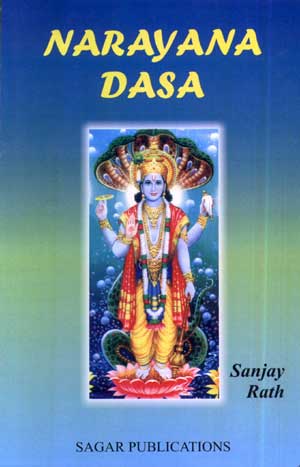
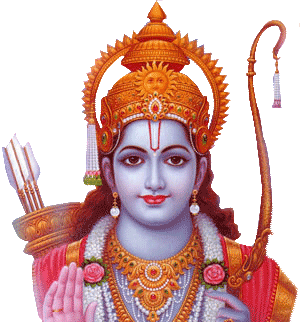
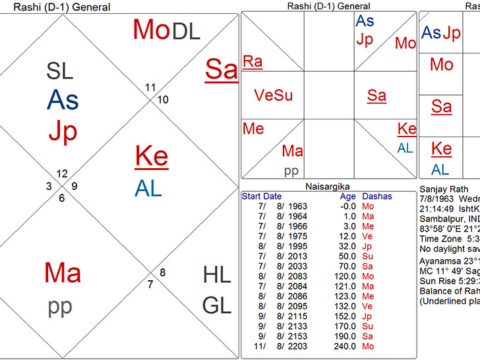


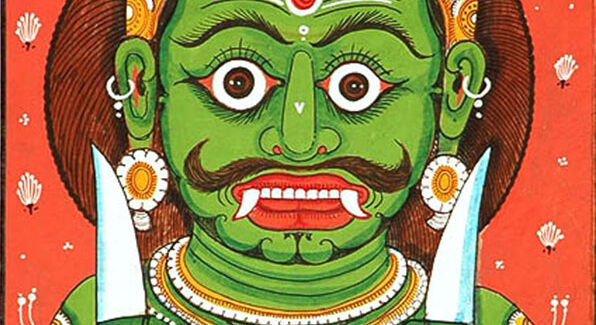
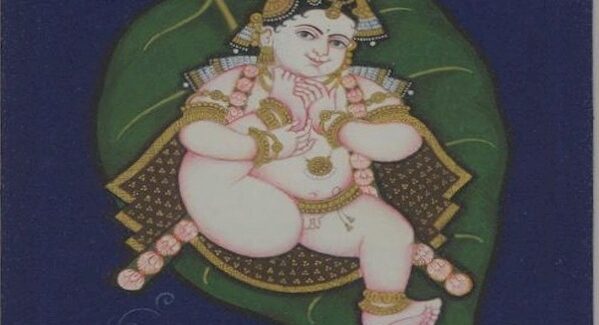
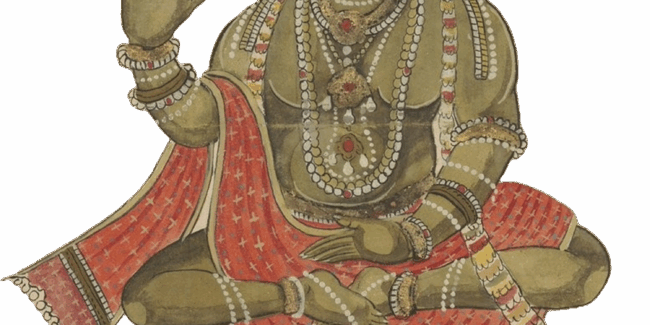
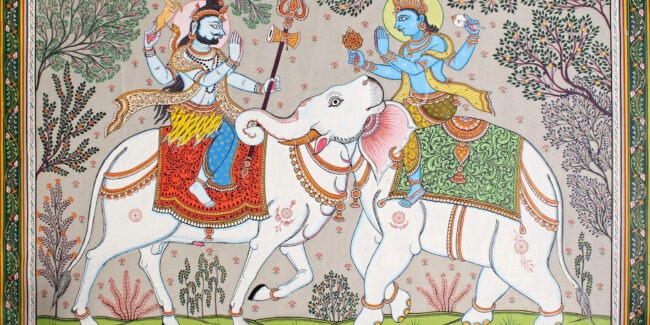
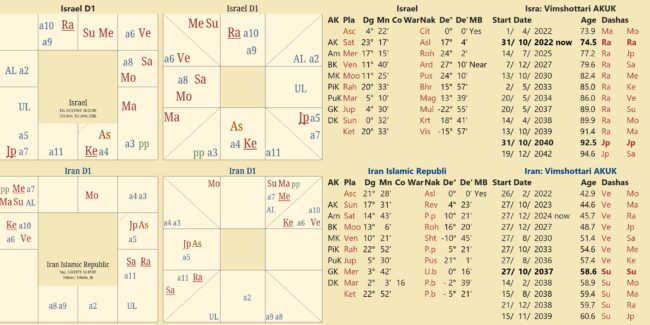



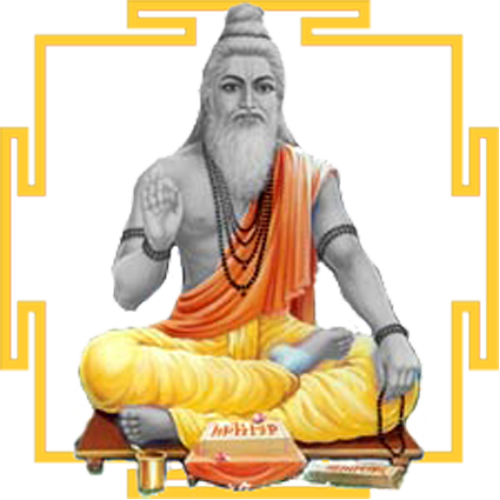 DBC offers online courses in jyotish (Vedic Astrology) taught directly by Sanjay Rath as per the tradition, through narrated power points and other audio tools. The courses are at different levels, from the beginners through the intermediate to the advanced and are known as SoHamsa | DBC courses, with individual classrooms and assistant teachers
DBC offers online courses in jyotish (Vedic Astrology) taught directly by Sanjay Rath as per the tradition, through narrated power points and other audio tools. The courses are at different levels, from the beginners through the intermediate to the advanced and are known as SoHamsa | DBC courses, with individual classrooms and assistant teachers
 Sagittarius Publications is the publisher and distributor the popular quaterly magazine the Jyotish Digest, as well as many thorough books on the subject of Vedic Astrology or Jyotish.
Sagittarius Publications is the publisher and distributor the popular quaterly magazine the Jyotish Digest, as well as many thorough books on the subject of Vedic Astrology or Jyotish. We have an excellent pandit Divākar ‘Deva’ Mishra, who is from the priests of Vindhyāvāsini Siddha Pīṭha to guide you through the hundreds of temples of Kāśi [Varanasi] and neighbouring regions. He can organise your pūjā, keep you safe and take care. He is supported by an English-speaking well-travelled spouse ‘Supriya Mishra’. Please contact them directly for any services, remedial pūjā and tours. They handled the 60+ member Kāśi Jyotiṣa Group 2022.
We have an excellent pandit Divākar ‘Deva’ Mishra, who is from the priests of Vindhyāvāsini Siddha Pīṭha to guide you through the hundreds of temples of Kāśi [Varanasi] and neighbouring regions. He can organise your pūjā, keep you safe and take care. He is supported by an English-speaking well-travelled spouse ‘Supriya Mishra’. Please contact them directly for any services, remedial pūjā and tours. They handled the 60+ member Kāśi Jyotiṣa Group 2022.
प्रणाम गुरूवर। I always follow you sir because of your logical reasons for everything in astrology.